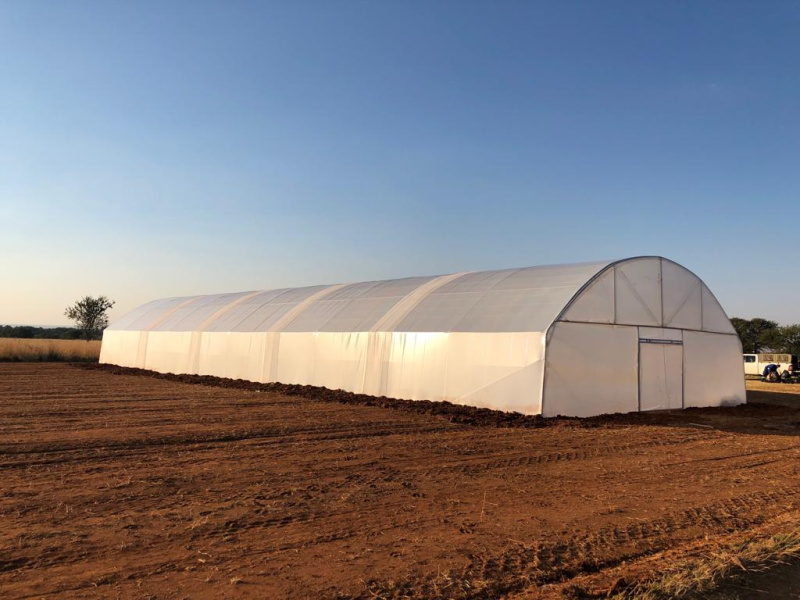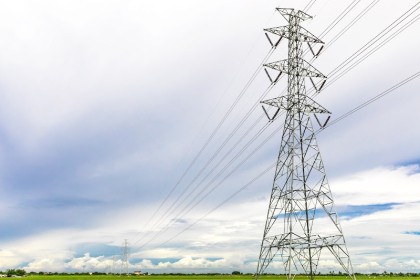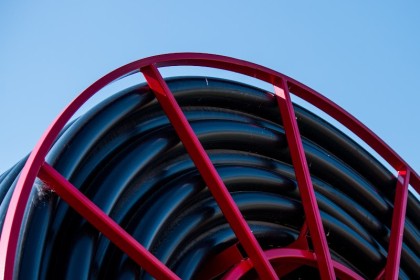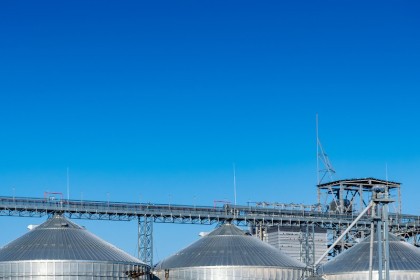
Greenhouse Plastic: Ensure Excellent Crop Yield
Growing a successful agricultural crop can be challenging if you are relying on the cooperation of weather conditions. Whether it is drought, floods, hail, or frost that is plaguing you, environmental conditions can destroy a growing season. Luckily, technologies and equipment have been developed to mitigate the dangers that bad weather conditions pose for farmers. One of these inventions is greenhouse plastic coverings. Compared to traditional greenhouses built with glass panes, the introduction of plastic has made protecting one’s crops easier.
In this article, we will delve into what makes greenhouse plastic such a wonderful product and why it is an essential product for every farmer.
The Benefits of Greenhouse Tunnel Plastic
There are a variety of benefits that covering your greenhouse with a specially designed and manufactured plastic sheet can offer you. All of these benefits of greenhouse plastic will allow you to prioritise the health of your crops, and will ultimately allow you to achieve a stronger crop yield.
- Temperature Control: Greenhouse plastic coverings are excellent for the purpose of temperature control. It contains heat and prevents a high loss of heat during cold evenings. It also prevents your crop from experiencing frost in winter. Therefore, it is able to maintain a constant and ideal temperature that allows your fruits and vegetables to flourish.
- Light Efficiency: A plastic covering on a greenhouse can increase the efficiency with which the light enters the greenhouse. It also allows the light to spread evenly throughout the entire greenhouse. While this provides the plants with more than enough light, there is no danger of the plants being damaged or burned by the sun as the plastic itself refracts the sunlight.
- A Higher Level of Durability: Plastic greenhouse coverings are pliable, which makes them more durable in conditions such as harsh winds, rain storms, and frost. They are also able to handle a lot of force as is experienced during hail storms. There is no danger of plastic shattering in comparison to other materials (such as glass), that are sometimes utilised to construct greenhouses. As plastic handles heat very well, it will not warp or crack due to extremely sunny and dry spells.
- Cost Efficient: Plastic is much cheaper than other materials used to construct and cover greenhouses. As it is also very durable it does not have to be replaced often (every 3 years or so). It also requires much less maintenance, saving money and time in comparison to other materials. As plastic is also very light efficient, you will not have to invest in other lighting sources to grow your plants.
- Longer Growing Seasons: As there is more effective lighting and temperatures remain constant and warm enough for plants to flourish, one’s growing season is extended. One can even grow certain fruits and vegetables all year round. This ensures that you can continue to supply your buyers with more fruits and vegetables which will ultimately increase your yearly revenue.
What is the Best Thickness for Greenhouse Plastic?
The best thickness for greenhouse plastic depends on the area's climate and the amount of sun exposure. Dicla offers a greenhouse plastic that is 200 micrometres thick providing 77.6% direct light transmission and 65% diffused light transmission. This has proven to be the perfect thickness for the South African climate. Their greenhouse plastic has been manufactured by making use of two layers of polyethylene. It has been UV and infrared thermal treated. It has light-diffusing qualities and is anti-bacterial. Best of all, their greenhouse plastic has a 36-month lifespan, therefore it will only have to be replaced within three years of its initial installation.
Dicla plastics can be cut to any length and comes in a variety of widths, including:
- 6.8m wide
- 7.5m wide
- 9.5m wide
- 11.5m wide
- 14.5m wide
Visit the AgrifoodSA directory to find out more about Dicla’s greenhouse plastic and the other agricultural products they provide.












